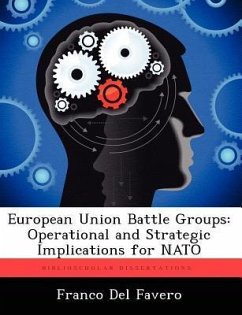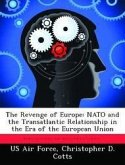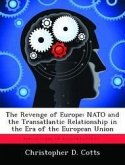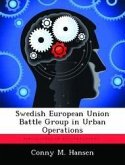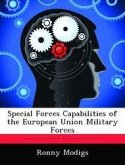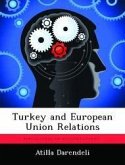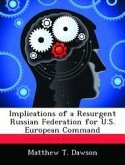The debate on the development of NATO expeditionary capabilities started in the late Nineties, but only after the 9/11 attacks -- following a proposal of the then US Secretary of Defense Donald Rumsfeld -- was finalized. The NATO Rapid Response Force (NRF), activated in 2005, is the Alliance's expeditionary force, capable of performing a full spectrum of tasks both in semi-permissive and non-permissive environments. On the 1st of January 2007, the European Union (EU) activated its own expeditionary forces, the EU Battle Groups (EU BG), with the same missions the NRF has. Considering that out of twenty-seven members of the EU twenty-one are NATO members, the answers to the questions about the strategic and operational implications of the EU BGs establishment for the Atlantic Alliance are relevant. EU BGs and NRF share the same missions, but they are not mirror images. EU BGs and NRF -- in terms of size, capabilities, and core competencies -- are unlike forces. Due to these differences, it is possible that NATO and the EU, in future, can effectively cooperate in deciding which expeditionary force is the most suitable for dealing with the crisis at hand. The present agreements between NATO and the EU do not cover the aspect of the coordination, or cooperation, among rapid response forces. For this reason a revision, or better a reformulation, of these agreements is the best solution to maximize the value of the NRF and the EUBGs.
Hinweis: Dieser Artikel kann nur an eine deutsche Lieferadresse ausgeliefert werden.
Hinweis: Dieser Artikel kann nur an eine deutsche Lieferadresse ausgeliefert werden.

